Fur has been a massive industry for many years now. There are many things to do with fur, but those products are always expensive. Previously, only the rich and famous people had fur coats. Still, celebrities, billionaires and even some middle-class people have recently owned fur coats. Fur coats are very fancy!
Fur coats or other related items are considered luxurious, and owning one automatically will give you the status of being rich. The fur comes from the pelts of animals such as foxes, otters, rabbits, cats, mink and otters. However, in recent times faux fur is being manufactured in factories that resemble the fur and look elegant. That being said, there is a lot to know about fur coats and other interesting facts which make them different from regular coats. Keep reading to learn about those.
Table Of Contents
What is a Fur Coat?
Coats which are made up of fur, real or faux, are called fur coats. Fur coats usually have sleeves and cover the body from the shoulder down. These coats provide immense warmth to the wearer due to the fur coating on the outer part of the coat. Although, most people wear these for fashion. You will usually catch celebrities, models or billionaires wearing these as they are very costly to manufacture and hence expensive to purchase.
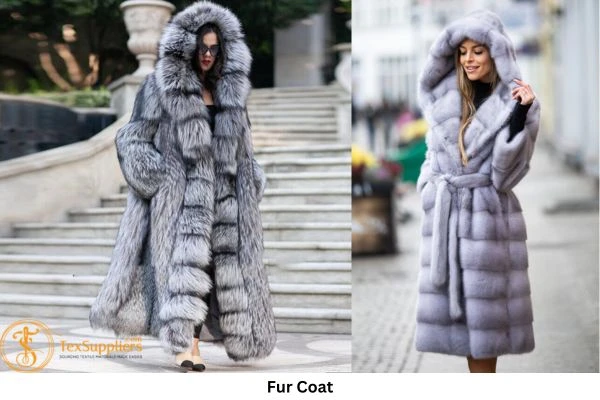
Fur coats are versatile as you can style them with casual or formal clothing. Still, they provide a luxurious and fancy look to the wearer. However, controversy roams around using real fur coats as animals are being harmed in the process. For this reason, the laboratories have created faux fur resembling the real ones. They are primarily used to create jackets. Faux fur coats are less expensive than real fur ones.
What Are Fur Coats Made of?
As the name suggests, the main product of fur coats is fur which can either be extracted from animal skins or made in laboratories, such as faux fur. Fur coats are tough to manufacture as the natural pelts do not match in colour, texture or size, so the furriers need to cut the pelts and assemble them. Then the pelts must be trimmed, cut and stretched to fit the rest of the pieces. After that, the pelts are dried down and sewn together. A lining is also attached on the other side of the fur so that the wearer does not feel any discomfort.
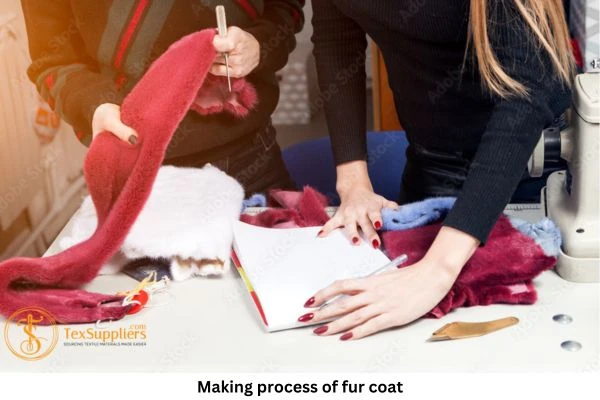
Each fur coat needs to be individually cut and sewn by hand. Even the most minor details need special attention; otherwise, the coat will look messy outside. This is the primary reason why natural fur coats are expensive. They also take a lot of time to be entirely made. Some fur coats also consist of crystals or silk and printed linings to give it a final touch. Faux fur coats are usually manufactured in factories as there is no need to match the fur.
History of Fur Coats.
The history of fur coats goes back to the 11th century when the nobles and wealthy people dressed up in the finest fur. But the fur trade became most prominent in the 15th century amongst the Europeans and Indians. Beaver fur was the first one to gain most of the attention.
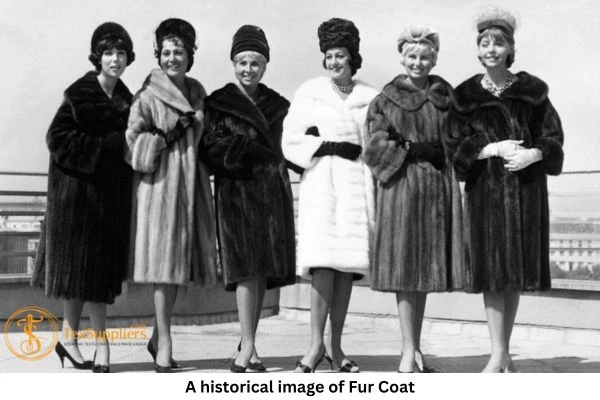
Due to the popularity of fur clothing, fur-bearing animals started to decline in the 1800s. Mainly for this reason, by the end of 1800, the fur trade had slowed down, fur clothes became exclusive, and silk started catching more people’s eyes.
The Types of Fur Coats.
Fur coats are made up of different animal skins for which the fur varies from one to the other. The price also depends on the type of animal skin used. Here are some of the different types of fur coats.
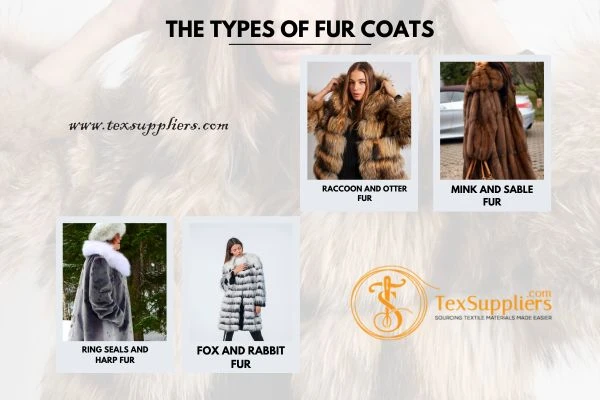
- Raccoon and Otter Fur – These two animals produce the thickest types of fur and are layered with multiple levels of fur hair. Even though the fur hair is not soft and smooth like mink or sable fur, it can provide maximum warmth during the coldest weather. These are perfect to wear outside and are very durable. Most of the time, the furs come in shades of black, grey and brown.
- Mink and Sable Fur – Mink and sable gives exceptionally soft and shiny fur, which other animals do not. Mink fur is tinted and smooth, while sable fur is lightweight and silky, which makes them rare and expensive. Unlike the other fur coats, this fur feels incredibly soft and smooth. Moreover, mink fur gives off a shiny glaze, making it look wet because it can swim. These furs are mainly used to make sleeves, collars, hats and stoles.
- Ring Seals and Harp Fur – These furs are the best when it comes to water resistance. They are perfect for rainy or dewy weather but do not provide enough warmth like the other types of fur. But they are very wearable and stand you out when you wear them. These come in various brown and white hues, making them versatile to pair with other colours. Seal fur is used in coats, purses, vests, skirts, etc.
- Fox and Rabbit Fur – The most common types of fur are from foxes and rabbits. They are also soft and have a medium length. Most fur products, such as wall hangings, stoles, hats, gloves, coats and rugs, use rabbit and fox fur. As for clothing, they are used in gloves, hems, collars, cuffs and hats. They also come in various colours like white, dark brown, olive green, yellow, grey, blue, silver and black.
Key Features of a Fur Coat.
|
Durability |
Very durable, can many years without damage. |
|
Stiffness |
Not at all, the size varies and can fit anyone. |
|
Breathability |
Good, but heavier fur coats might feel suffocating on some. |
|
Wash Fastness |
It takes some time to wash thoroughly as the fur hair is densely packed. |
|
Availability |
Not much in recent times, as fur-bearing animals are not killed as much. |
|
Strength |
Excellent, it does not break or form tears when stress is applied. |
|
Tensile Strength |
Average, as it is made up of animal skin. |
|
Washing Temperatures |
Normal to cold, avoid using warm or hot water, which might disrupt the fur skin. |
|
Sustainability |
Fur is natural and biodegradable, which makes it a responsible, sustainable choice. |
|
Comfortability |
Feels comfortable on the skin, but if the lining is not present, it might not be as comfortable. |
|
Rigidness |
None at all because natural skin does not feel rigid. |
|
Water-Resistant Abilities |
Most fur coats have amazing water-resisting abilities, but then again, the fur hair gets soaked. |
|
Heat Retention Abilities |
Fur coats cannot tolerate warm temperatures, which means they do not have good heat retention abilities. |
|
Price Range |
Natural fur coats are very expensive to purchase as their cost of production is high. |
Advantages of Fur Coats.
- Fur coats make the person wearing them look elegant and give them a feeling of luxury.
- These coats are very durable, which makes them last longer than non-fur coats.
- Fur coats are water resistant, so you do not have to worry about spilling on them as the fur hair will not soak much water.
- You do not have to wash them often as they don’t get much dirty. But dust them off from time to time so no dirt can accumulate.
- They provide immense warmth and comfort for a long time to the users.
Disadvantages of Fur Coats.
- Fur coats are made from the skin of fur-bearing animals, which puts them on the list of extinction if they are killed constantly.
- These coats should be stored in cool temperatures and protected from other clothing items that might get tangled up in the fur.
- They take a lot of time to make, and the makers must work long hours on intricate details.
- As the production process is complex and time-consuming, the cost is also high. This makes the coat expensive to purchase.
- When faux fur coats are being made, the factories produce a lot of waste, damaging the environment.
FAQs on What is Fur Coat?
- Is it challenging to take care of fur coats?
A: Fur coats do not require a lot to take care of, but it is advisable to wash them at the preferred temperature and store them in a protected packet so that no damages are done.
- Are fur coats rare to find?
A: Natural fur coats are rare nowadays as people do not want animals to be killed for fashion. In the past, fur coats were exclusive but not rare.
- Is natural fur coat better than the faux fur one?
A: Faux fur looks and feels almost exactly like natural ones. Ethically, the faux ones are better as no other living beings are getting harmed in the process.
- Which companies produce fur coats the most?
A: Most fur coats companies are from Europe, Canada and the US.
Final Words:
If you have a question like “what is a fur coat?” this article has all the answers. Fur coats have been around for a long time and never fail to provide a classy, elegant look to their wearer. There are different types of fur coats which comes from various fur-bearing animal. Recently, faux fur coats have been around, and people are choosing them over real fur ones so that no environmental damages occur due to fashion. Fur has been used in the fashion industry for a long time, even though it is expensive.





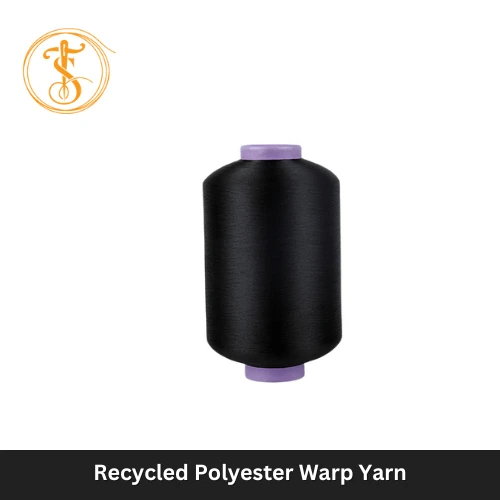

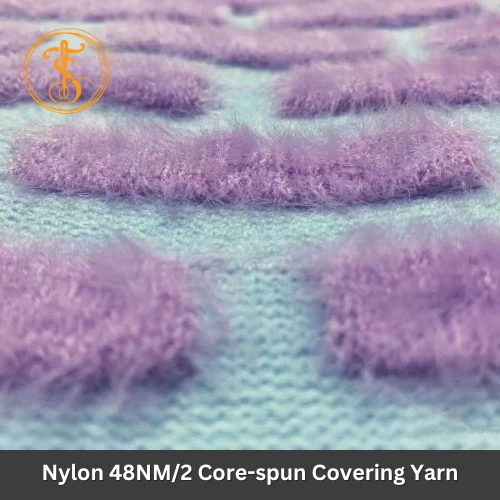
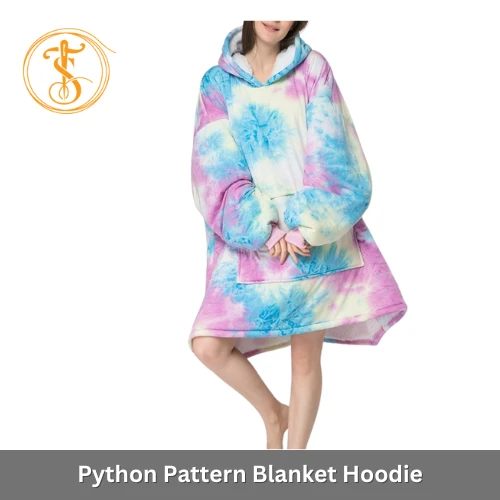
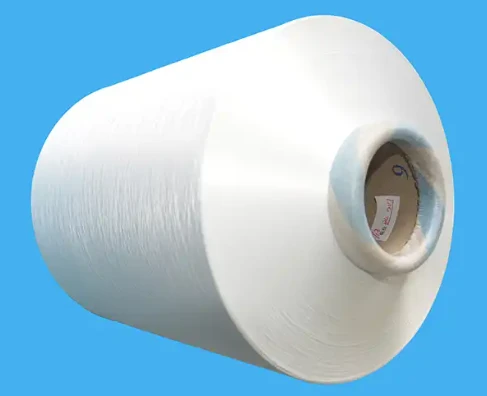

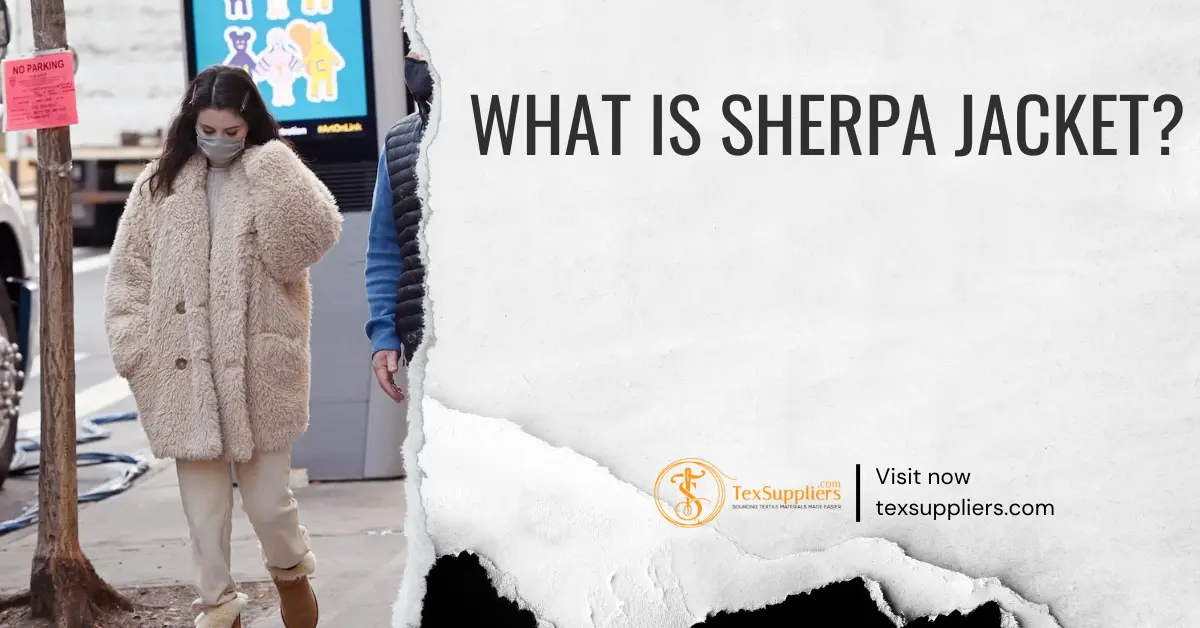

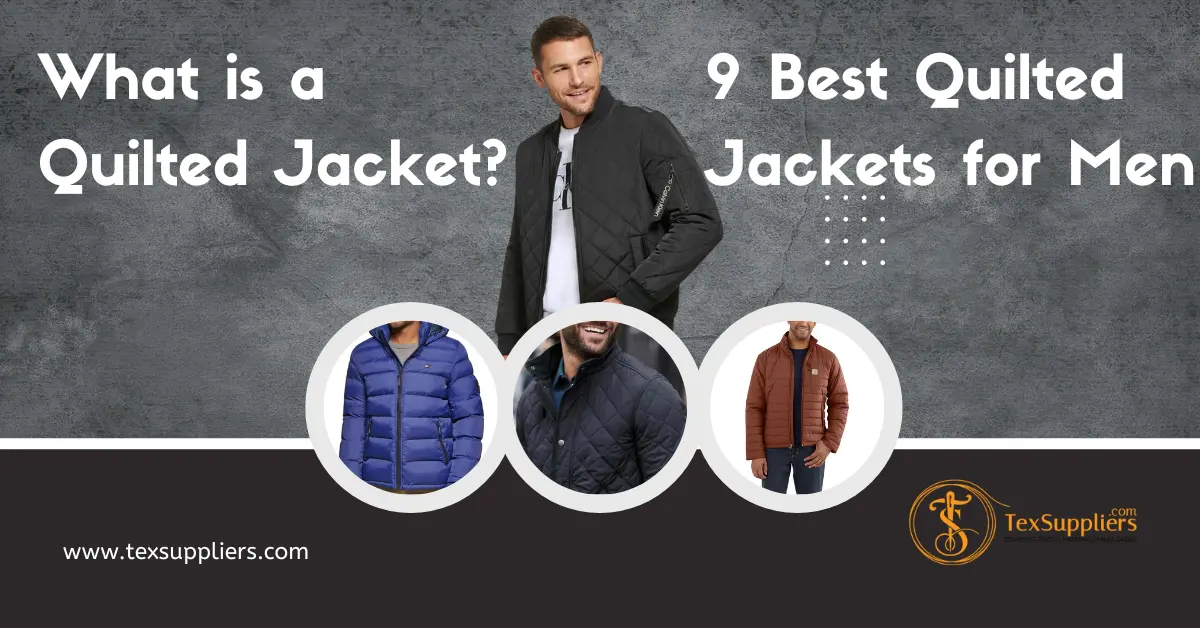
Comments - 00
Leave A Reply
Thanks for choosing to leave a comment.